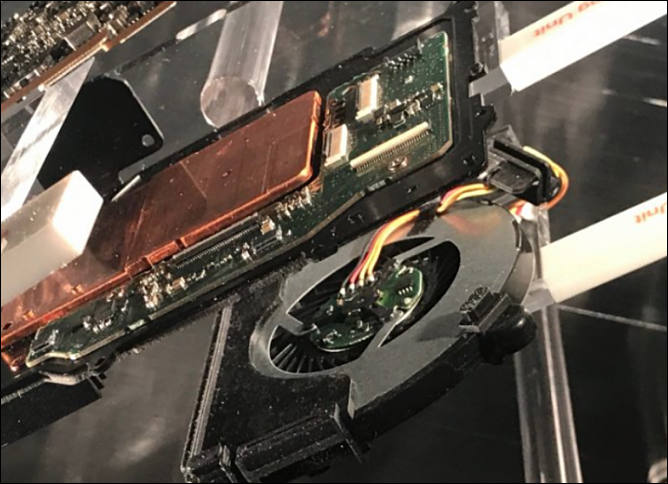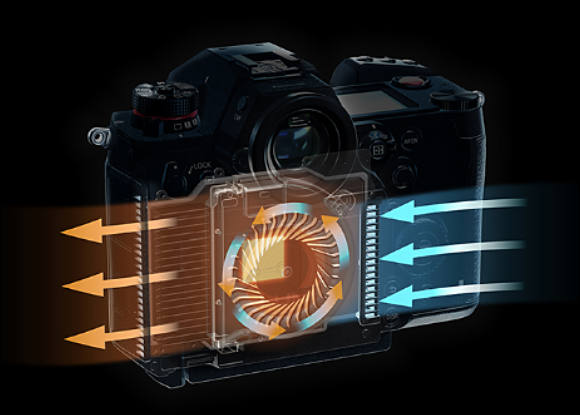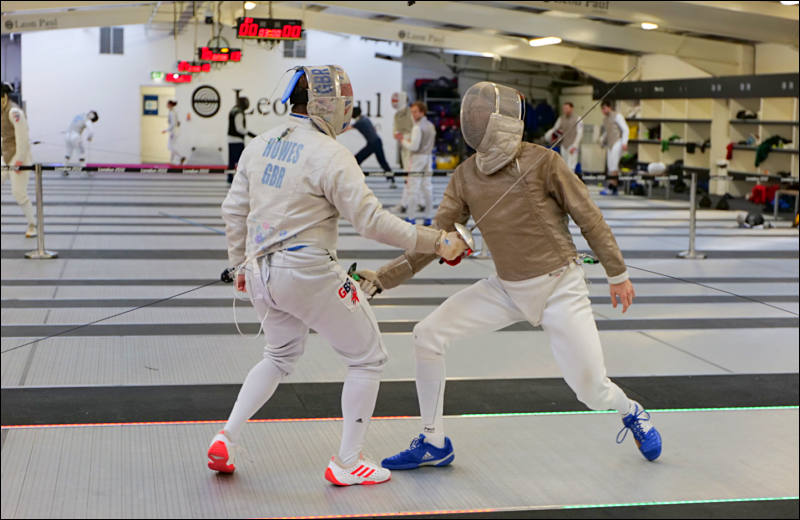
-
@Vitaliy_Kiselev you can find a detailed write up here: https://www.cinema5d.com/the-cinema5d-camera-lab-is-back-dynamic-range-tests/
I’m always interested in a good technical discussion.
No rush ;-)
-
OK, now explain to me necessity to use expensive Xyla21 stepchart? As I do not see much logic in it, except some nice steps and time savings.
Same can be said about IMATEST software, as instead it is simpler to use common image/math library functions or your own code for such calculations. I fully understand manufacturers/factories using such, it is proper way, but never test site must use such thing. As it does not allow other people to check your results.
I also surprised that I do not see anything about sensor inner working (kind of noise, ADC and so on) and noise reductions kinds in the referenced text. As you operate with uniform, non textured blocks and it is actually stills picture before camera, so your reading can be significantly affected by both intra and interframe noise reduction algorithms.
-
@Vitaliy_Kiselev the Xyla21 stepchart is a convenience thing, providing calibrated 21 stops. Of course you can also write your own algorithms - but both the Xyla and IMATEST are industry wide accepted tools. So that adds to the credibility and you can discuss with the camera manufacturers which use the same tools.
And yes, on almost every test that we make we have a lengthy discussion with the camera manufacturer before we publish ...
As you can imagine, most of them are not so happy when we send them our results and they have no chance other than to confirm the validity ;-)
And yes, of course the result is affected by noise reduction algorithms. But I do not see how to get around that if your goal is to measure the DR that ends up in the camera’s internal video recording - this is what you get when you hit the record button...
Hope that clarifies a lot of things.
-
the Xyla21 stepchart is a convenience thing, providing calibrated 21 stops. Of course you can also write your own algorithms - but both the Xyla and IMATEST are industry wide accepted tools. So that adds to the credibility and you can discuss with the camera manufacturers which use the same tools
I believe in opposite, camera tests on site exist for end users, not for camera manufacturers. And you don't have ANY need to compare results with camera manufacturers unless you are their puppies.
Tools you refer are made and are standard on factories and mass testing labs, this is not the case during review. Where priority must be for cheapest methods that visitors have chance to use themselves.
And yes, on almost every test that we make we have a lengthy discussion with the camera manufacturer before we publish ...
And this is not good.
As you can imagine, most of them are not so happy when we send them our results and they have no chance other than to confirm the validity ;-)
Well, if they are not happy they can make so Cinema5D won't be anymore among few specially selected people getting early samples or review samples. Being in the industry for last years I quite closely know how this stuff works, and had some very revealing private talks with top managers.
It is famous quote from J. Reed book:
"There are two classes, the proletariat and the bourgeoisie... And whoever isn't on one side is on the other".
I do not believe any review site or channel who is on the bourgeoisie side.
It is just sham. despite all techno mumbo jumbo.And yes, of course the result is affected by noise reduction algorithms. But I do not see how to get around that if your goal is to measure the DR that ends up in the camera’s internal video recording - this is what you get when you hit the record button...
I think you did not understand the question. Whole point of questions is that noise reduction algorithms work different on real video footage where you have movement (read - efficiency of interframe aka 3D noise reduction can drop to almost zero) and fine textures with lot of color variation (where you can see how noise reduction tuned for your nice DR result trashed them) .
-
Well, to me it has nothing to do with proletariat or bourgeoisie - it is not always black or white - also shades of grey exist ;-) it is a test backed up with science using industry standard tools. No more and no less.
And yes, some manufacturers are not sending cameras to us any more. We will have to live with that ...
Regarding noise reduction - I do understand the question - but what would you would suggest instead?
At the end of the day we want to know what is recorded in terms of DR when we hit the record button. Not what the sensor could do. See our recent Sigma fp test and look at the MOV recording to know what I mean.
-
Well, to me it has nothing to do with proletariat or bourgeoisie - it is not always black or white - also shades of grey exist ;-) it is a test backed up with science using industry standard tools. No more and no less.
It is ALL to do with it. As it is whole point of this quote, you can't sit between two chairs despite lot in the industry try to do it :-). And it is one of three primary issues of camera industry preventing it to go forward. And no such thing as "industry standard tools" exist for camera review sites. We are not factories, so stop all this arguments.
And very fast in coming years you will see huge polarization between close bloggers+ambassadors and corporate sites from one side and rising independent review sites/channels on opposite side.
Present companies practice with selected few who are controlled and provided with time and gear advantage must be publically attacked, condemned and almost fully stopped.
At the end of the day we want to know what is recorded in terms of DR when we hit the record button. Not what the sensor could do.
Regarding noise reduction - I do understand the question - but what would you would suggest instead?
To get proper DR measurement you need to develop custom target (not just uniform white, this is all I will say now) and that will be able to move.
-
@Vitaliy_Kislev the only thing I can full guarantee is that cinema5d is completely independent - no need to fight - we are the good ones ;-)
-
Where you see fight? :-) But you will still need to choose the chair, as idea with "shades of gray" never worked. :-)
-
The Xyla21 stepchart has 21 shades of grey ;-)
-
Yep, but it is also as dumb as metal+plastic can be :-)
-
now that it's an official netflix approved camera, there really are no other choices for dollar per value.
-
Can't wait for mine to get here on Tuesday. Hopefully I can quickly come up to speed by the weekend, as I have a wedding to shoot!
-
I expect to see these new fixes in the next S1H firmware update...
Nick Driftwood : S1 Firmware 1.3 Beta - Ghosting Fix Test
Nick Driftwood : S1 Blue Light / Yellow Light Fix Test: Firmware 1.3 Beta
-
Long Newsshooter review in here: https://www.newsshooter.com/2019/11/11/panasonic-lumix-s1h-review/
I like Newsshooter and if you really read the review I think it's pretty good. He throws a lot of kind of odd commentary out there about the image not feeling 'organic' and smearing or not being sharp at 6k, but then he also calls it the best hybrid mirrorless image and sharper than native 4k cams. Sort of feels like he thinks people should just buy 'cinema cameras' over a certain price point and that attitude affects his review. Probably still worth a read if you are interested in this camera.
-
Great review from newsshooter indeed.
-
While the camera has a good amount of dynamic range, out of the claimed 14 stops, 8 of those are below middle grey. This is the same as the Varicam LT and Varicam 35, and EVA1.
This is why it is important to do real world tests to check dynamic range. The amount of stops a camera has doesn’t mean anything if the highlight handling of the camera isn’t great. The S1H may well have 13-14 stops of dynamic range, but it doesn’t roll off highlights as smoothly as I would like, and it hard clips them before you get anywhere near 100 IRE.
I read all this and guess why this have all this shite still.
As sensors are almost (very close) to linear (value is proportional to light), so difference is attributed on how processing work after main LSI getting raw data from sensor.
Of course, we can have some complications as in reality we can have data from two ADCs in low regions.
-
To achieve stable, continuous and extended video recording heat dispersion Panasonic designed a near-silent cooling fan with an innovative structure that is claimed to efficiently draw heat away from the sensor.

Yet it looks like cheap small notes fan (i.e without good fins and heatpipes) and I am 99% sure it is made by same big manufacturer who makes them.

Whole design is like product of engineer who did not have time and space to make it all proper.

 sa10956.jpg668 x 484 - 56K
sa10956.jpg668 x 484 - 56K
 sa10957.jpg580 x 415 - 30K
sa10957.jpg580 x 415 - 30K -

 sa11041.jpg798 x 528 - 50K
sa11041.jpg798 x 528 - 50K -

 sa11145.jpg800 x 465 - 85K
sa11145.jpg800 x 465 - 85K -

 sa11223.jpg800 x 520 - 70K
sa11223.jpg800 x 520 - 70K
Howdy, Stranger!
It looks like you're new here. If you want to get involved, click one of these buttons!
Categories
- Topics List23,992
- Blog5,725
- General and News1,354
- Hacks and Patches1,153
- ↳ Top Settings33
- ↳ Beginners256
- ↳ Archives402
- ↳ Hacks News and Development56
- Cameras2,367
- ↳ Panasonic995
- ↳ Canon118
- ↳ Sony156
- ↳ Nikon96
- ↳ Pentax and Samsung70
- ↳ Olympus and Fujifilm101
- ↳ Compacts and Camcorders300
- ↳ Smartphones for video97
- ↳ Pro Video Cameras191
- ↳ BlackMagic and other raw cameras116
- Skill1,960
- ↳ Business and distribution66
- ↳ Preparation, scripts and legal38
- ↳ Art149
- ↳ Import, Convert, Exporting291
- ↳ Editors191
- ↳ Effects and stunts115
- ↳ Color grading197
- ↳ Sound and Music280
- ↳ Lighting96
- ↳ Software and storage tips266
- Gear5,420
- ↳ Filters, Adapters, Matte boxes344
- ↳ Lenses1,582
- ↳ Follow focus and gears93
- ↳ Sound499
- ↳ Lighting gear314
- ↳ Camera movement230
- ↳ Gimbals and copters302
- ↳ Rigs and related stuff273
- ↳ Power solutions83
- ↳ Monitors and viewfinders340
- ↳ Tripods and fluid heads139
- ↳ Storage286
- ↳ Computers and studio gear560
- ↳ VR and 3D248
- Showcase1,859
- Marketplace2,834
- Offtopic1,320
Tags in Topic
- panasonic 578
- camera 247
- mirrorless 15
- l-mount 1









